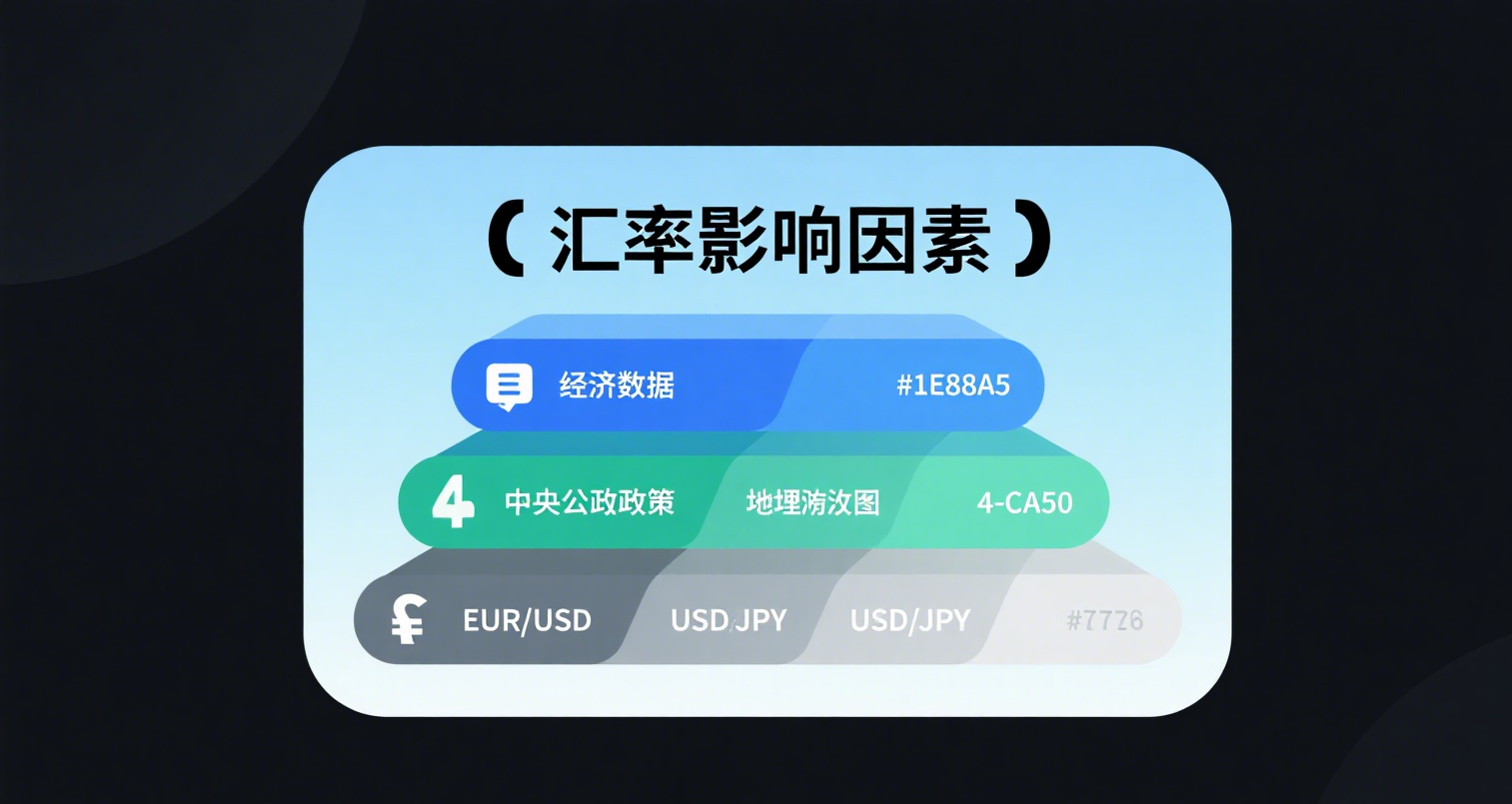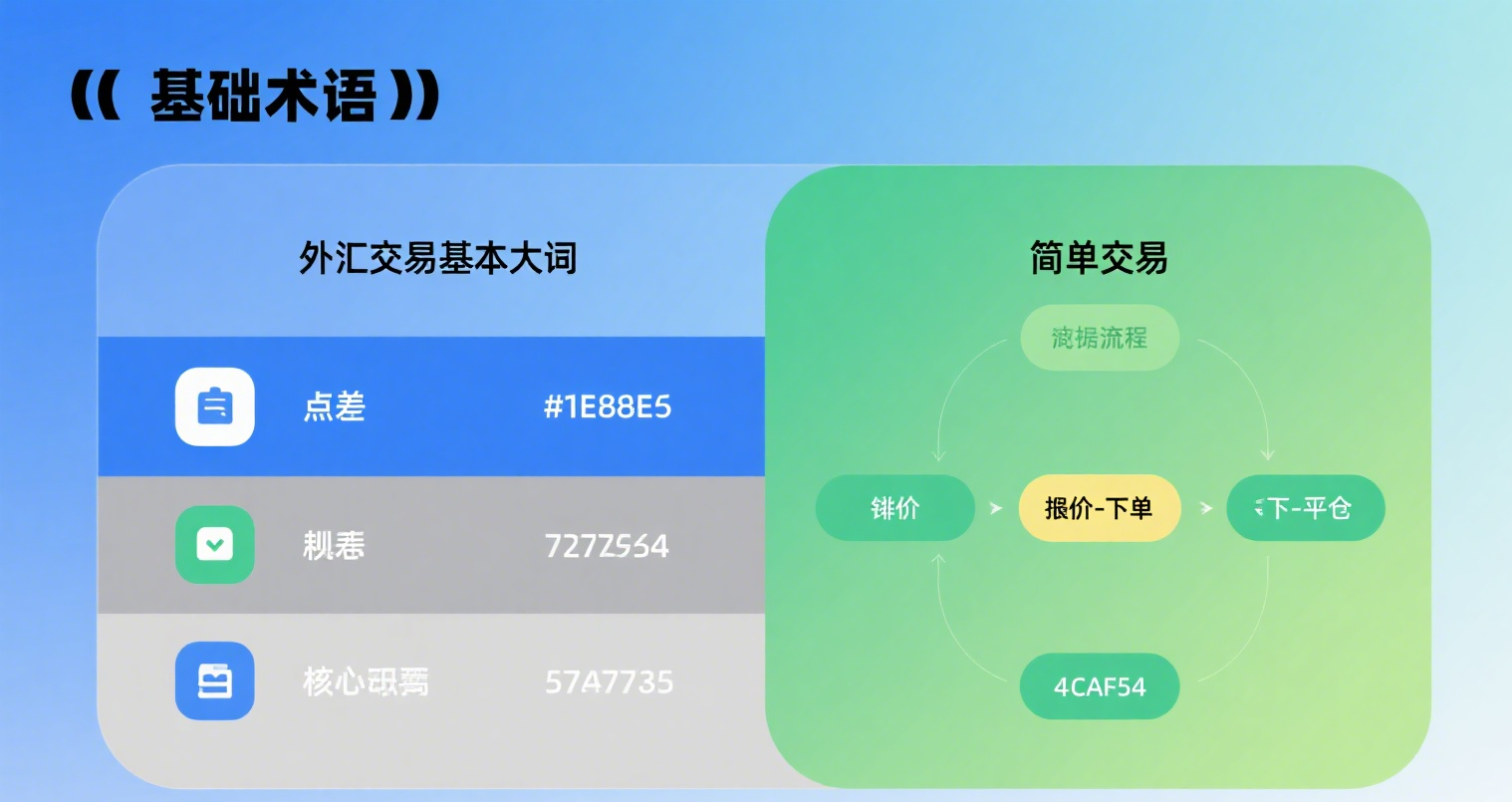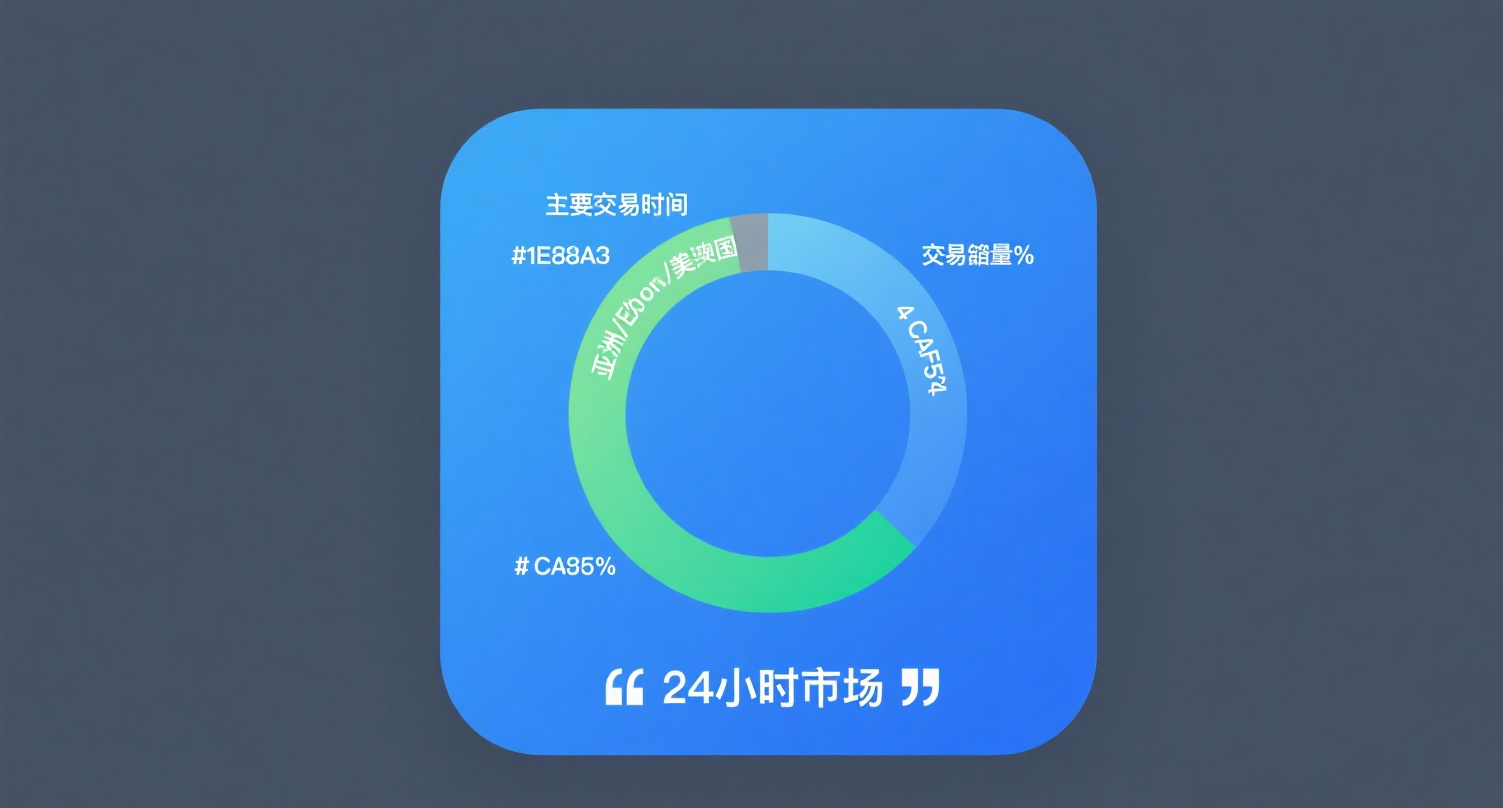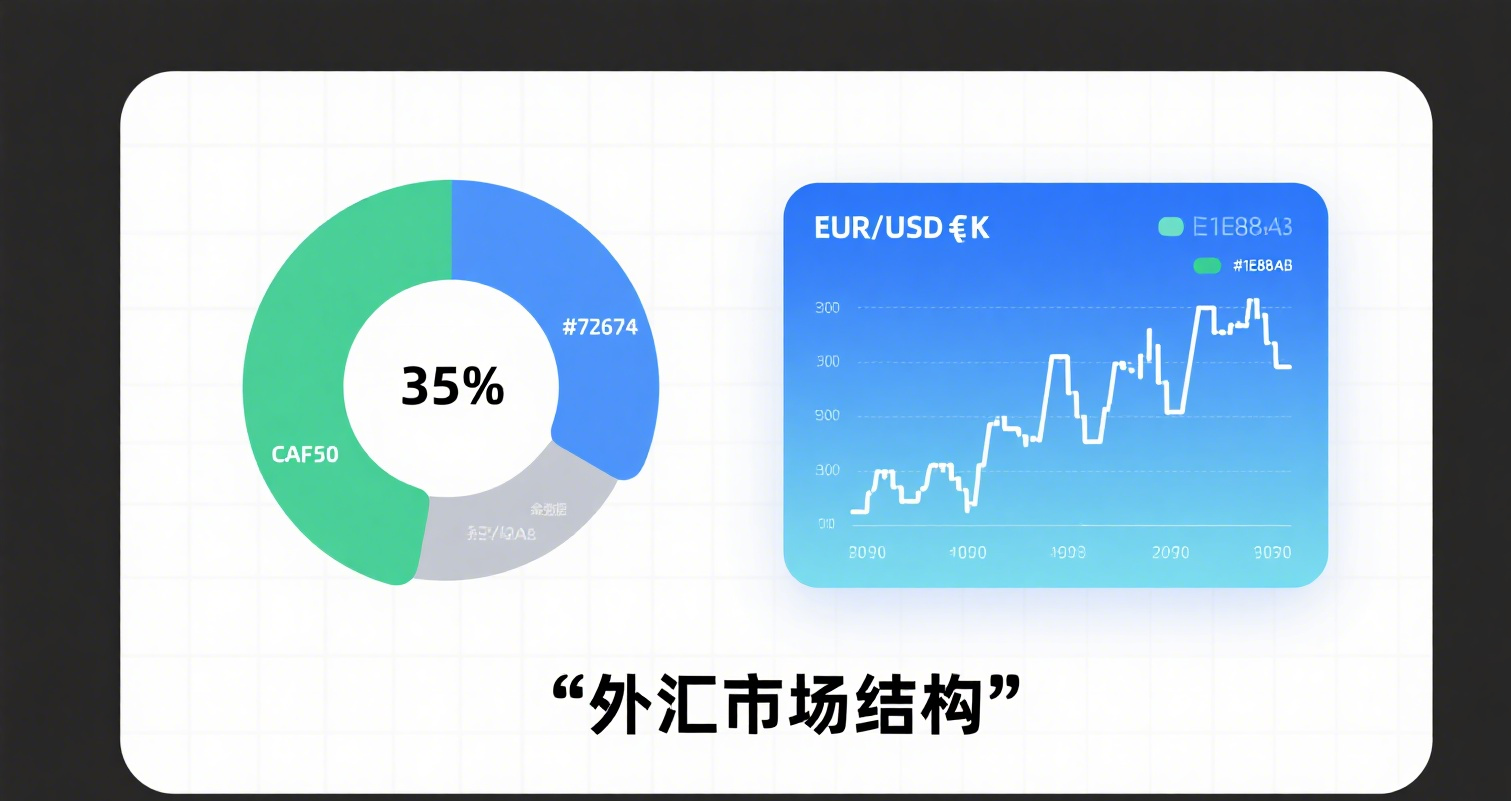
Smart Beta strategies, represented by non-market-cap weighting, capture risk premiums, generate excess returns, and diversify portfolio risks through transparent, rule-based, or quantitative methods.
Investment returns are typically composed of Alpha and Beta returns. "Alpha" reflects the fund manager's active stock selection and timing abilities, representing excess returns relative to the market, while "Beta" represents market returns earned by bearing market risks, i.e., passive investment returns following market fluctuations.
Smart Beta is an investment approach that lies between active and passive investing. Simply put, it adds active stock selection logic to passive investing, using quantitative models to achieve effective exposure to specific risk factors and generate excess returns compared to traditional market-cap-weighted indices. Smart Beta strategies aim to maximize risk-adjusted returns between Alpha and Beta, providing investors with more flexible and diverse portfolio strategies.
Smart Beta VS Active Investing & Passive Investing
Active Investing:Clear return characteristics and specific risk exposures.
Passive Investing:Transparent and rule-based.
The three key objectives of adopting Smart Beta strategies are enhancing returns, reducing risks, and improving portfolio diversification.
Portfolio exposure is critical to return contribution. According to research by Ang, Goetzmann, and Schaefer (2009), over 80% of active fund managers' Alpha returns can be explained by factor exposures in their portfolios.
With the refinement of related theories, Smart Beta has developed rapidly in recent years.
Research shows that the acceptance of Smart Beta strategies by asset management institutions worldwide has further increased, rising from 48% in 2018 to 58% in 2019, with the Asia-Pacific region's acceptance rate exceeding 50% for the first time.
















